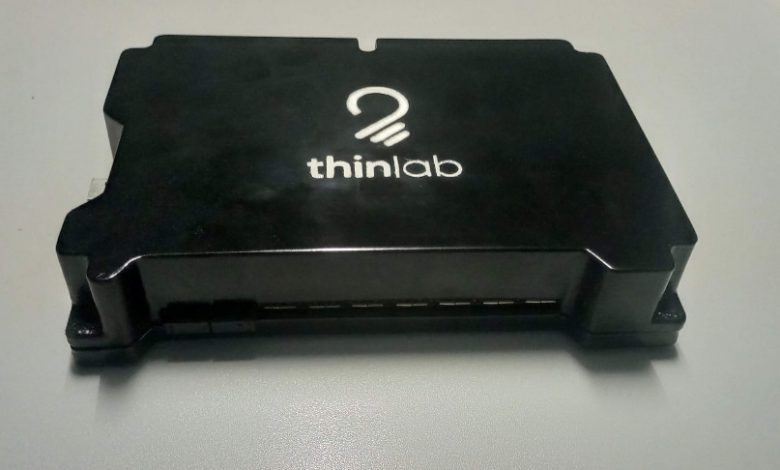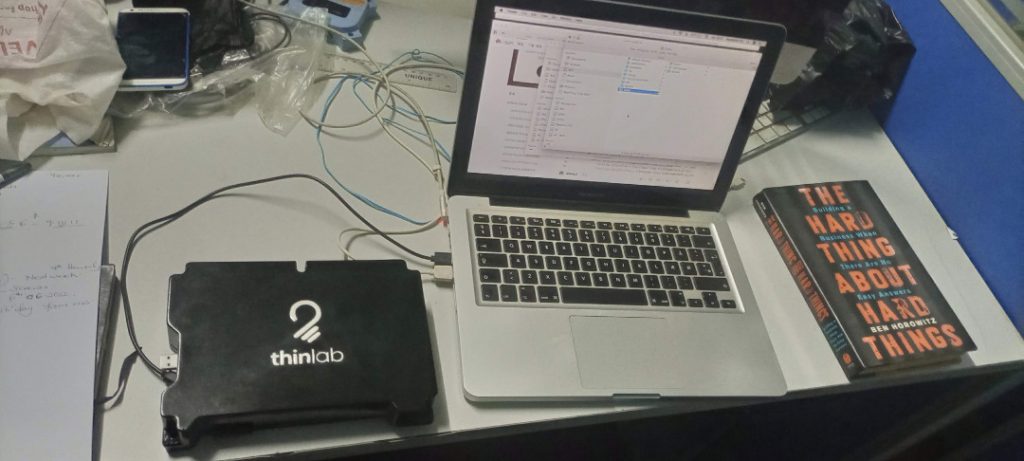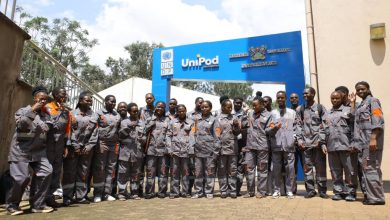
Thin Lab: Two youth make computer device to solve e-learning challenges
While there’s clear evidence that technology can improve learning outcomes, this, in most cases, is not achieved because not so many schools have access to computers.
On the other side, schools with computers have few devices which makes it difficult for every learner to have access to them.
However, two software engineers, Francis Muwanguzi and Charles Kalungi have come up with a solution to the challenge.
“Education is considered to be a powerful tool for growth in Uganda but 80% of Uganda’s school age children live in rural areas that are characterized by lack of resources for basic living and underdeveloped infrastructure for education. While there has been government support to provide essential ICT facilities like labs to schools, there still remains an underlying gap in accessing learning resources by individual students because of poor infrastructure,” Muwanguzi says.
He argues that there’s still a lack of sufficient computers to accommodate all students because of a substantial increase of students learning in schools every year especially in rural areas.
Kalungi adds that with this state of affairs, they thought of an idea that would ensure learners access to computer services by coming up with what they termed as “Thin Lab.”

“This is a low-cost multi-user computer device enabler that is designed to enable students to gain equitable access to digital learning in classrooms,” Kalungi says.
“Using Bluetooth and Wi-Fi connectivity, the device will allow scholars to access instructors’ subject materials through a controlled channel provided by the teacher or instructor in order to increase student-teacher interaction as well as engaging the entire class through participation about the subject in real time. The device is designed as multi-channel connection hub powered by a series of wireless keyboards, currently providing up to 8 connections on a single device,” he says.
The duo describes their innovation as a pocket-sized minicomputer designed to provide access to a centralized resource in an organized and interactive way while enabling students to engage directly with a teacher and increasing confidence in students about what is being learnt in class sessions.

“With Thin Lab, lower acquisition costs are required for computer resources whereas it also requires less computer maintenance costs. There is also less power consumption characterized by only two devices directly connected to an external power source,” Muwanguzi says of their innovation.
The duo says there is reduced instructor movement which boosts the quality and quantity of content delivered but above all, the Thin Lab is portable and easy to set up.



